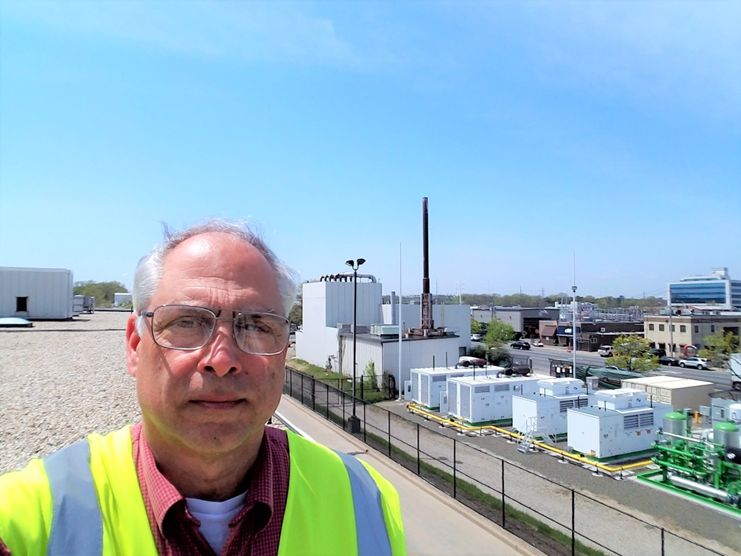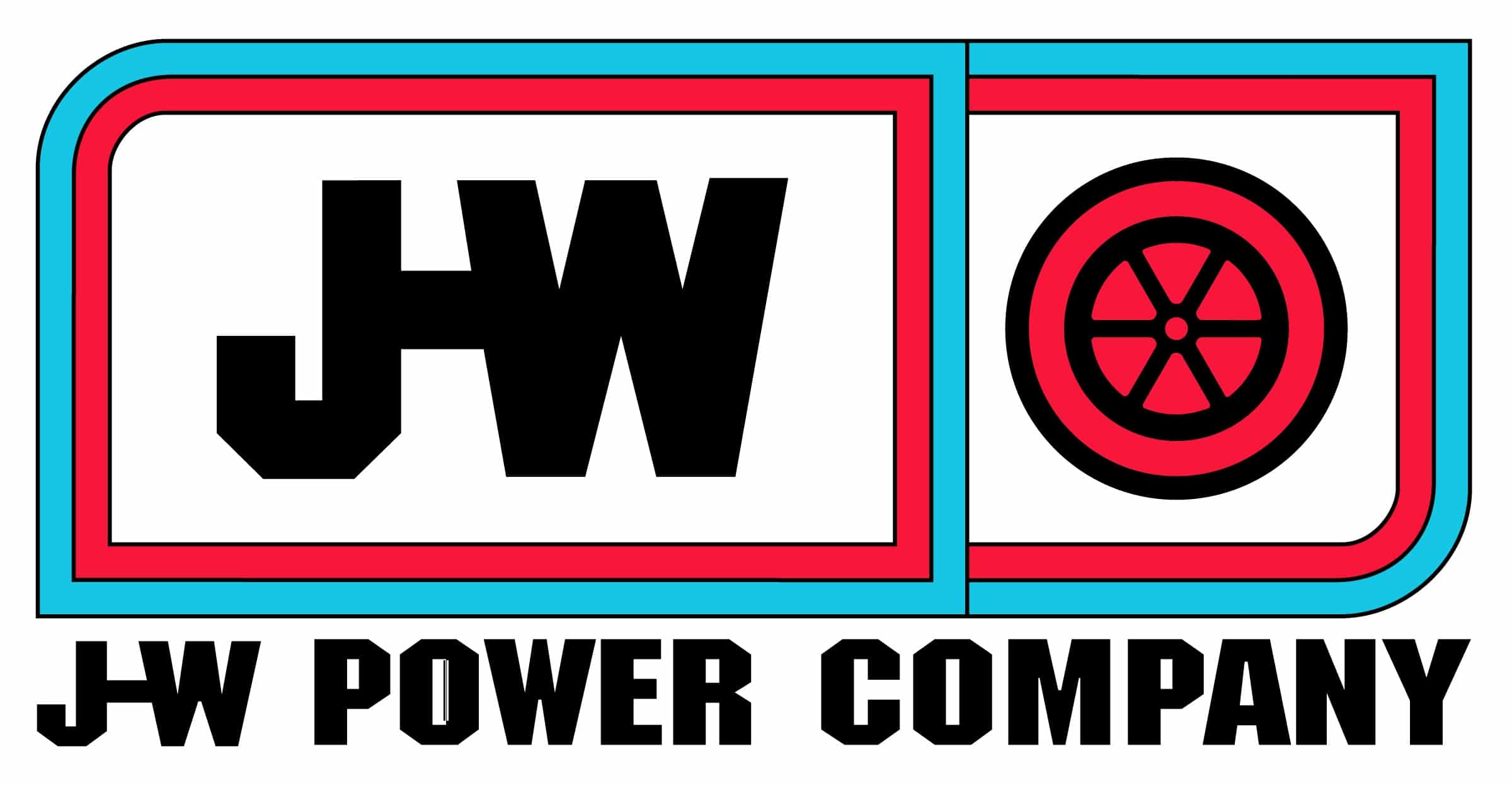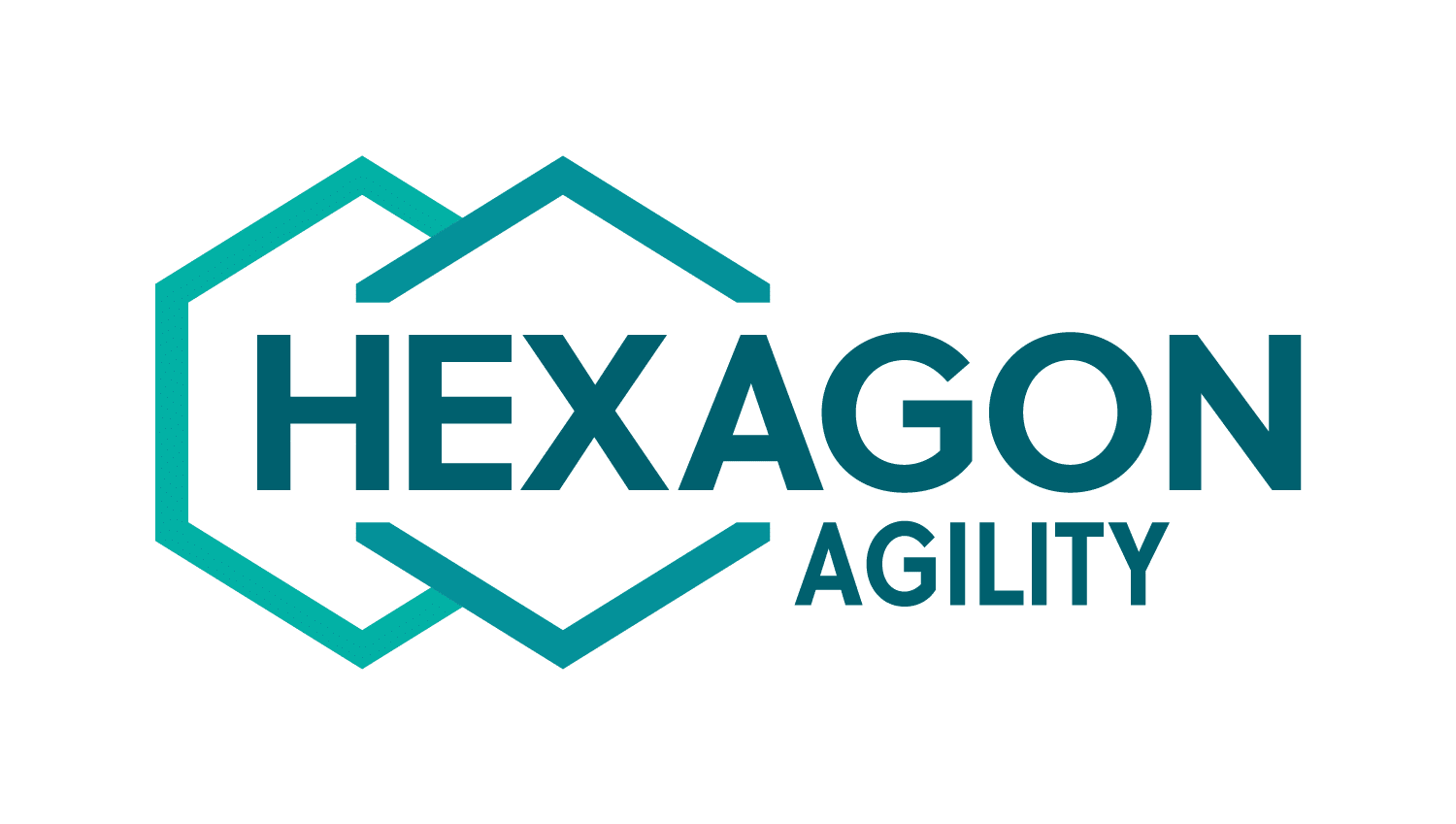 As the largest private provider of multiple modes of transport in North America, Transdev operates public transportation services in more than 200 communities. Its vision for the areas it serves is clear: eliminate gridlock, reduce pollution, and inspire urban design.
As the largest private provider of multiple modes of transport in North America, Transdev operates public transportation services in more than 200 communities. Its vision for the areas it serves is clear: eliminate gridlock, reduce pollution, and inspire urban design.
One of those 200 communities is Nassau County, York, home of Nassau Inter County Express (NICE) Bus, where Transdev operates the transit system. Like Transdev, NICE Bus is committed to “reducing our environmental impact on our county, our region, and our planet.” One of the ways this is accomplished is by the use of an exclusive fleet of CNG buses.
NICE Bus, formerly known as Long Island Bus, was one of the early pioneers in the use of CNG buses in New York. Starting with 12 buses, the organization built its first CNG station in Garden City in 1992—so far back that it dispensed only 3,000 psi natural gas. That station grew to fuel 175 CNG buses (out of a total of 225 transit buses) in 1996, but still only to 3,000 psi—and both the inability to provide a full fill and the lengthy fueling time were a problem.
When Ken Ragone, Senior Director of Facilities and Environmental Compliance for Transdev, learned that in 2001 NICE would nearly double the number of buses that needed to be fueled at the station, he identified several challenges. First, he needed a modern station that would fuel 300 buses in eight hours. Second, because of the high electric demand charges, he needed to expand the station while keeping electric costs as low as possible. The final challenge was the need to keep the existing station operating during the construction process.
Ken needed CNG fueling station technical assistance to ensure this massive project would ultimately deliver the fuel required by the growing fleet in the specified time frame. But the unique challenge of minimizing electric costs coupled with the expansion was a double hurdle. “Because I had participated in NGVi’s CNG Fueling Station training a few years before, I immediately knew NGVi had the expertise to help us,” he said, “and we chose NGVi with 100% confidence.”
Ragone elaborated…
“NGVi was with us every step of the way. They understood our challenges, sized our station to meet our specific needs and developed a detailed bid and performance specification. They also helped us develop the bid evaluation criteria, evaluate the proposals and select the successful bidder.”
Today, NICE Bus operates one of the largest CNG transit fueling stations in North America, with two 2,500 scfm electric driven compressors and two 2,500 scfm natural gas engine driven compressors. The station is capable of simultaneously fueling four transit buses, and 300 buses in eight hours.
Even more impressive are the facts that because of the unique design of the station, the electric energy cost is 30% lower than the previous CNG fueling equipment and the emission levels are lower than current required standards.











